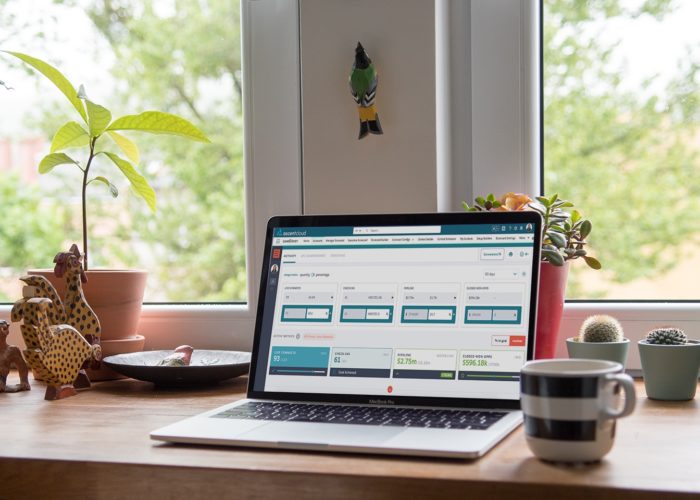Gamification is the implementation of games or activities to encourage certain behaviors through competition and fun. Simply put, gamification is the application of typical elements of game playing (e.g. point scoring, competition with others, rules of play) to other areas of activity. This can be useful for many facets of the business world, such as inside sales, call centers, and marketing teams.
Although gamification can be viewed as a buzzword or a passing fad, many businesses practice it without even knowing. Have you run a sales contest? What about motivating employees with bonuses? These are both examples of incorporating elements of gamification into your organization. In our sampling of about 100 companies using gamification today, an astounding 71 percent said that they are seeing anywhere from 11 percent to 50 percent increases in measured sales performance. Gamification may seem like a trend, but it’s one that won’t be going away anytime soon.
Gamification Examples in Business
Activity-Based Contests
One of the most obvious uses for gamification in business is to encourage behaviors that lead to results for your organization. For example, running contests around sales KPIs such as dials, live connects, or deals closed keeps your sales team motivated to reach their goals. Leaderboards let everyone know where they stand, pushing them to increase activity and come out on top.
Game-Based Learning & Training
Unlike other methods, gamification-based training is a form of active learning. Game-based learning requires learners to use their logical abilities. This makes it easier to internalize and retain new information. On top of that, gamifying the training process provides motivation and incentives to complete the training on time.
Creating Excitement for the Team
Increasing activity and knowledge aside, gamification can also be used to simply motivate and engage your team. Here at LevelEleven, we had a water-drinking contest where our team competed to see who drank the most water each week. We kept track of how many ounces we drank a day and displayed it on Channel11 for everyone to see. Not only did it encourage healthy behavior, but it also brought the team together with healthy competition.
How to Apply Gamification in Business
Sales Teams
According to CSO Insights, 50% of sales organizations run sales contests multiple times throughout the year. Sales teams are probably the most obvious use case for gamification. Salespeople are naturally competitive. Gamification pushes your team to not only reach their goals but to outperform their coworkers as well. Run contests on KPIs that drive the bottom line for your organization such as live connects, demos completed, or in-person meetings.
Call Centers
Monotonous jobs can quickly kill excitement and motivation. Life in a call center can become monotonous quickly, resulting in employees mentally checking out and eventually leaving the company. Gamification via leaderboards, contest, and interactive TV broadcasts can help motivate people while also keeping the workday interesting. Try giving employees incentives to meet and surpass goals through contests.
Customer Service
Our Customer Success Manager, Ashley Ball said it best, “If you put a leaderboard on a TV screen and tell people to do a specific thing, they will do that to not be at the bottom. The more relevant the contest, the more invested they get.” Here at LevelEleven, our CSM team creates contests around metrics such as Salesforce AppExchange reviews, hours spent with customers, and live connects to make sure our customers stay happy.
Why Gamification Works
During the 2019 AA-ISP Leadership Summit, Alice Coatalem, founder of AL.IS Expertise and Paris chapter president, shared that gamification works because it taps into multiple drivers for human motivation:
Competence through feedback, achievement, and leaderboard
Self-expression through avatars and profiles
Relatedness through group interaction or teaming
Simply put, gamification works because it leverages the desire that exists in all of us for community, achievement, and reward. 53 percent of technology stakeholders said that by 2020, the use of gamification will be widespread. Our study mentioned above found that 9 out of 10 companies that have embarked on a gamification initiative have been successful, and 71 percent of those organizations boosted sales performance. The stats don’t lie: gamification increases employee engagement, resulting in more key behaviors that drive bottom-line results for your organization.
Ready to take your team’s performance to the next level? Request a free, personalized demo of LevelEleven to introduce gamification to your team!



